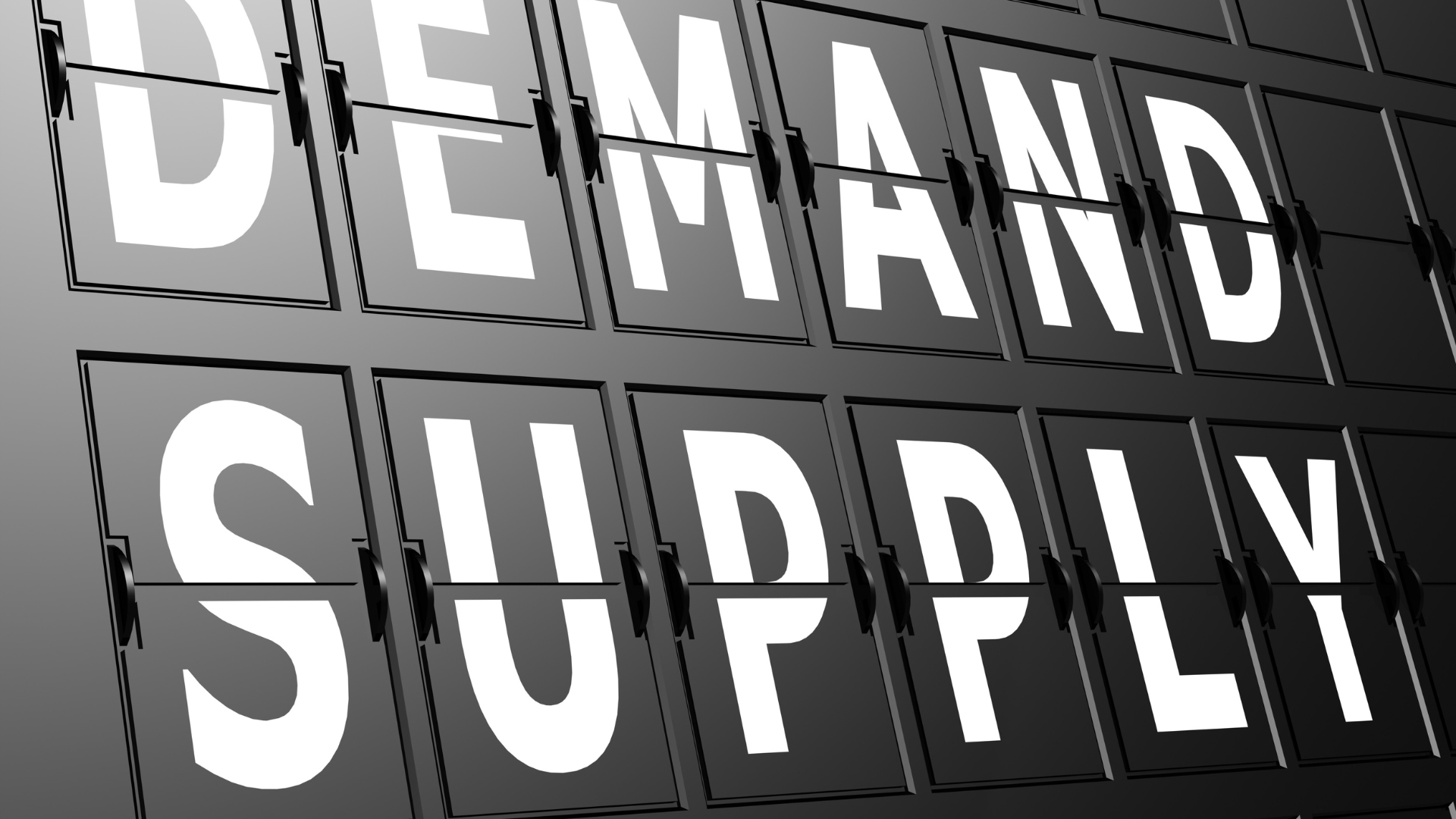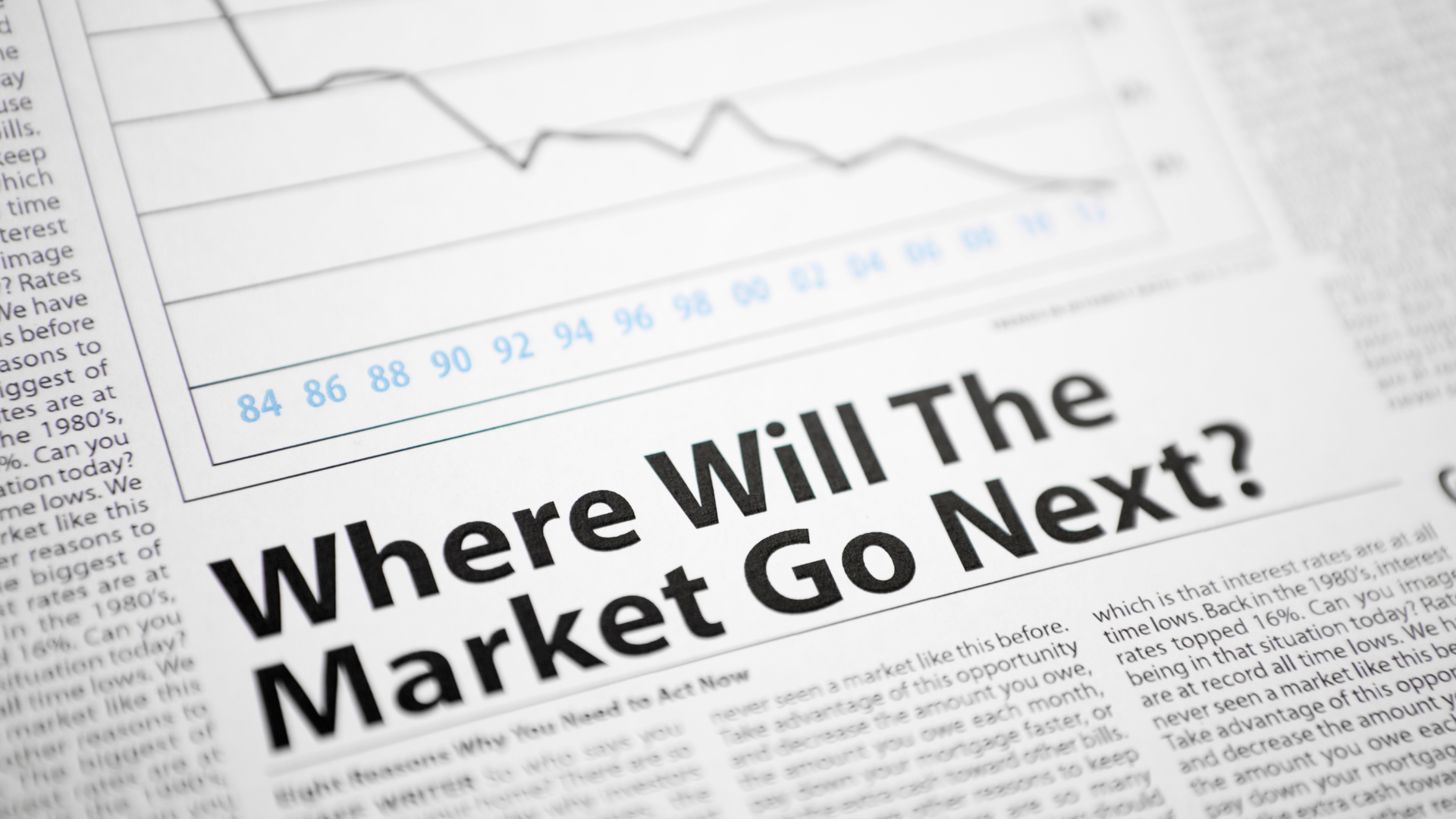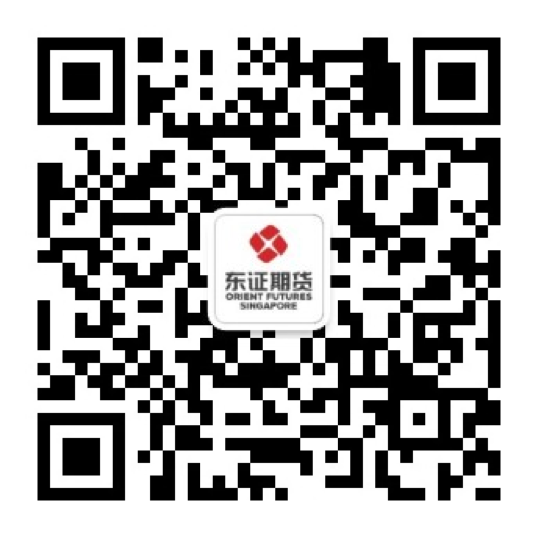
Ms Cao Lu is a senior analyst at Orient Futures Shanghai, Research Department. Having six years of rubber research experience, she’s dedicated to predicting the rubber’s futures price through fundamental research.
In this podcast, Ms Cao Lu will be sharing her insights regarding the outlook for Rubber in the second half of 2022. Here are some snippets of the key points drawn from the questions and answers. For more information or the full podcast regarding the market, the link to the podcast will also be available via this link: https://lnkd.in/gQ2nm8G7.
The Decline In Rubber Futures Price
Since Mid-January this year, Rubber futures price has been on the decline, even during the surge in crude oil prices, rubber futures remain in weak demand.
The first reason is this, from the domestic demand side, the domestic trunk and bus tyre (car tires) operating rate has been lower than in the same period in previous years. Additionally, tyre factories have been slow to resume operation. The low operating rate has led to the slow consumption of raw materials, and the demand for rubber has not performed well.
Secondly, the global shortage of automotive chips has not been fundamentally resolved and this is exacerbated by the conflicts between Russia and Ukraine. Overall, the weak demand has also led to pressure on the rubber price since July.
Both factors have resulted in the fall and decline of rubber prices.
Factors For Low Output Of Rubber
Heavy trunks sales have continued to decline this year, leading to the reduced demand for OE tyres. Since the second quarter of 2021, heavy trunk sales have ended gross, and the market has become sluggish.
Two main reasons contribute to the decline of heavy trunks:
- Typical policies on the market which curb the explosive growth of sales
- The Domestic Protections Restrictions for Environment protection have been continuously strengthened since the beginning of 2022. This has led to the sluggish demand for road transportation, insufficient transport by roads, and a downturn in the heavy trunk market.

Demand For AR Tyres
Affected by 3 Factors:
-
The normalization of protection restrictions.
-
The service life of tyres is prolonged, which also results in lesser AR tyre sales.
- Strengthening of policies.
Supply for Rubber
First Half Of The Year
The price of raw materials has continued to be high since last year, but rubber farmers are passionate about tapping rubber trees. In the first half of the year 2022, the rubber output has released normally, however, from February to May global rubber protection was at a low level., hence leading to low rubber supplies. After May, the rubber output will gradually release.
Second Half Of The Year
Despite the high price and the willingness of rubber farmers to continuously produce, it is worth noting that the global protection capacity has not yet reached an inflation point. The significant decline in new capacity has limited the growth base of production. Therefore, though the price of raw materials was high, and the weather was normal, the production level did not break downward in 2021.
Based on research by Orient Futures, it is believed that an upward bottleneck of rubber output may have emerged. Therefore, although the price of raw materials is currently at a high level, the second half of the year may experience unexpected growth.
Seasonally, during the second half of the year, the main producing areas will also enter the peak season and the output will also be at an anticipated high level.

Tyre Export Market Performance
Since last year, the domestic tyre export market has continued its bond. Although there were problems with raising freight rates and a shortage of containers, domestic tyre factories used bulk carriers to transport tyres, thus ensuring their export.
Additionally, though the covid-19 pandemic was severe in 2021, the impact on China’s tyre market good is not obvious.
This is thought to be a result of two main factors.
The first is that countries mainly restart their economies, leading to a stage of recovery in demand.
Alternatively, China’s tyre industry has resumed production and has undertaken some export transfers from other countries. Both lead to the ambiguity of the tyre market good.
Overall Rubber Price Outlook
Currently, the main factor driving a possible market reversal is on the supply side. Before that happens, the market prices for rubber will remain mostly random. Traders that are involved in trading rubber futures or Avon rubber shares can also continue to track these changes for the next market quarter from 2022 to 2023.
Start Trading With Orient Futures Singapore
Being an Overseas Intermediary of Shanghai International Energy Exchange (INE), Dalian Commodity Exchange (DCE), and Zhengzhou Commodity Exchange (ZCE), when foreign clients participate in internationalised futures contracts in these Chinese markets with us, they have direct access to trading, clearing, and settlement. Our parent company, Shanghai Orient Futures, is the largest broker in terms of aggregated volume across the five regulated exchanges in China.
Orient Futures Singapore also currently holds memberships at the Singapore Exchange (SGX), Asia Pacific Exchange (APEX), and ICE Futures Singapore (ICE SG).
We provide premium customer service at an affordable cost to all our clients. Our team will be there for you 24 hours on trading days to provide a one-stop portal for all your trades, with simple processes and an intuitive user interface that has low or near-to-zero latency.





